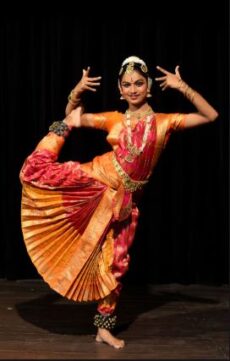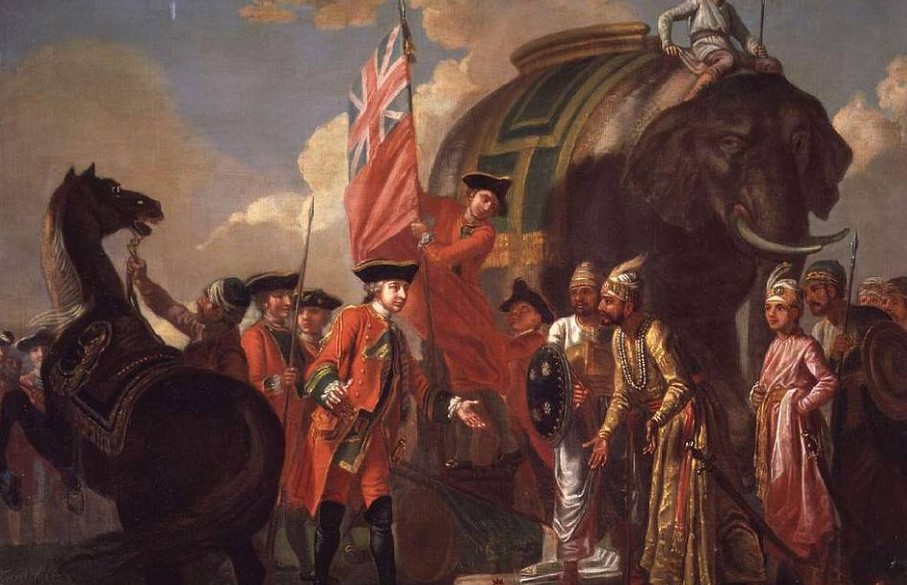Home » Archives for Anand
United Nations and its Organs
United Nations and its Organs short notes for UPSC Prelims, State PSCs Prelims and Other Examinations.
Short Notes
Chapterwise MCQs
United Nations:
- Founded in 1945 after World War II.
- Predecessor organization – League of Nations (created by the Treaty of Versailles in 1919, disbanded in 1946 )
- Mission – To maintain international peace and security, developing friendly relations among nations and promoting social progress and protecting human rights.
- Headquarter – New York
- Official Languages – There are six official languages of the UN. They are :
- Arabic
- Chinese
- English
- French
- Spanish
- Russian
- Members – 193 Members
Organs of the United Nations:
There are six main organs of the United nations.
UN General Assembly:
- Deliberative organ of UN
- Composed of all member states of UN
- Voting – Each member has one vote
- Headquarters – New York, United States
- Important Functions:
- Appoints Secretary General of UN
- Elects Judges to International Court of Justice (ICJ)
- India is a member.
United Nations Security Council
- Mandate – To maintain international peace and security
- Headquarters – New York, United States
- Members(15):
- Permanent members(5)
- United States
- UK
- France
- China
- Russia
- Non permanent members(10) – Elected by the General Assembly for 2-year terms
- Permanent members(5)
- Has power to give binding decisions on member states.
- Voting – Each member has one vote. Permanent Member States have ‘Veto Power’(If any one of the five permanent members give a negative vote, resolution in consideration can not be approved).
- India is not a permanent member.
- G4 Nations:
- 4 countries who bid for permanent seats in UNSC.
- Brazil
- Germany
- India
- Japan
- 4 countries who bid for permanent seats in UNSC.
- Uniting for Consensus:
- Also known as Coffee Club
- Group of countries who are opposing the expansion of permanent members in the UNSC
UN Economic & Social Council
- Coordinates among the member nations and other organizations on working towards social and economic issues.
- Headquarters – New York, United States
- Members – It has 54 members
- India is a member
UN Secretariat
- Performs regular day to day work of the UN and also administers the programs and policies of the UN.
- Headed by the Secretary-General
- Location – New York, USA
International Court of Justice
- Judicial organ of the United Nations
- Location – Hague, Netherlands
- Mandate – To settle legal disputes between states and give advisory opinions to the UN and its specialized agencies
- Also hears cases related to war crimes, ethnic cleansing etc.
- Judges – 15 judges elected for a 9 year term
- The Court hears the disputes between nations only and not between individuals, organizations and private entities and its judgment is final and binding.
The Trusteeship Council
- It was created to provide for the supervision and administration of Trust territories that had been placed under the administration of the UN.
- By 1994, all Trust Territories attained independence and self-government hence currently there is no function to be performed by the Trusteeship Council.
Also Read in International Organizations Short Notes :

United Nations and its Organs | International Organizations Short Notes
February 3, 2024
United Nations and its Organs short notes for UPSC Prelims, State PSCs Prelims and Other Examinations.






